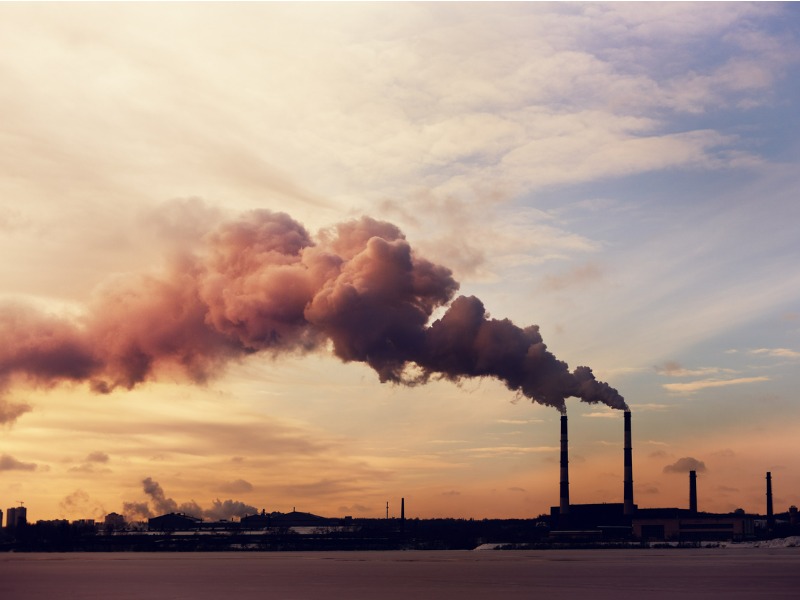How the P&C industry can step up after the UN’s latest climate change warning

The world keeps inching toward a dangerous climate threshold, but if swift action on greenhouse gas (GHG) reductions are taken in all sectors, including insurance, it’s possible to avert catastrophic warming, a new report said.
There may be more opportunity for the industry to step up in several ways: from closing protection gaps, to tracking and reducing greenhouse gas emissions, and reducing coverage for carbon-emitting clients.
For Aviva Canada CEO Jason Storah, he is challenging the industry to compete and set the bar higher than his own company’s 2040 Net Zero climate change plan, he said in an interview with Canadian Underwriter earlier this month.
The world is likely to miss its climate target (limiting warming to 1.5 degrees celsius above pre-industrial temperatures) within a decade, a report from the United Nations Intergovernmental Panel on Climate Change found.
If the world continues on its current course, the report suggests, climate disasters will become so extreme that humanity will not be able to adapt. Consequently, adverse impacts from human-caused change will intensify, causing water scarcity, famines, more extreme weather and NatCats, famines, and more other negative effects that cannot be reversed.
This is a cause for concern for the insurance industry, which notes consumer protection gaps for NatCats are growing globally and in Canada.
IPCC is therefore challenging all business sectors to reduce their GHG emissions.
Earlier this month, Canada’s federal solvency regulator announced Guideline B-15: Climate Risk Management, which require P&C insurers to develop metrics on their GHG emissions, among other preventative measures to take on climate-related risks.
“In this decade, accelerated action to adapt to climate change is essential to close the gap between existing adaptation and what is needed,” the IPCC press release read. “Meanwhile, keeping warming to 1.5°C above pre-industrial levels requires deep, rapid and sustained greenhouse gas emissions reductions in all sectors. Emissions should be decreasing by now and will need to be cut by almost half by 2030, if warming is to be limited to 1.5°C.”
Action is needed now to reduce the fallout from climate change, IPCC urged.
This presents an opportunity for the P&C industry to step up when it’s most needed, say Canadian P&C industry execs.
In a call with CU earlier this month about Aviva Canada’s 2022 financial results, the company’s CEO, Jason Storah, pointed out that his company has intentionally set an ambitious climate goal. And he thinks the rest of the P&C industry should be following suit.
“My view on this is really simple,” Storah said. “Tackling climate is a team sport, and it requires everybody to play a role.”
Aviva plc has set targets to become a net zero carbon emissions company by 2040. Key elements of its 2040 Net Zero climate change plan include:
Net zero carbon emissions from its investments by 2040
A cut of 25% in the carbon intensity of its investments by 2025 and of 60% by 2030. This is ahead of the 50% cut required by the Paris Agreement
Net zero carbon emissions from its own operations and supply chain by 2030.
“We’ve come out with a really lofty ambition,” Storah said. “Nobody in Canada has tried to match that ambition, let alone beat it. And I would say to people, ‘Try and beat us. Look at what we’re doing — do better. Then set the bar higher.’ Because I think we need a bit of healthy competition in the industry and people to look at what companies are doing.
“Hopefully we see a bit more momentum built across the industry in ‘23.”
Both the UN chief and the IPCC underscore the urgency of taking more ambitious action. They called for the world to phase out coal, oil and gas, which are responsible for more than three-quarters of global greenhouse gas emissions.
Some insurers have already begun to reduce coverage for major carbon-producing clients in sectors such as energy, oil and gas and, in Canada, the Athabascan oil sands.
Feature image by iStock.com/myshkovsky







